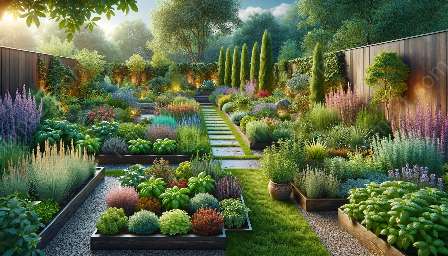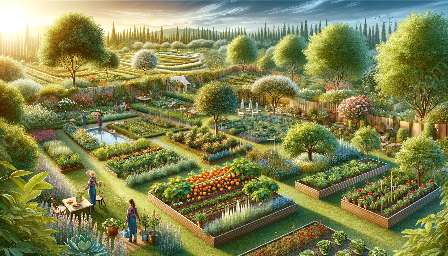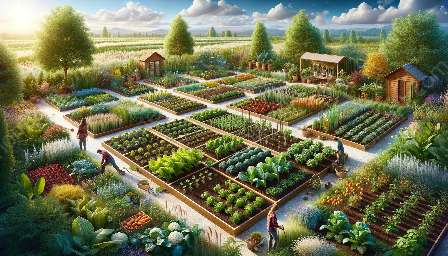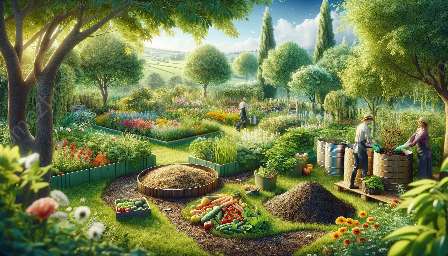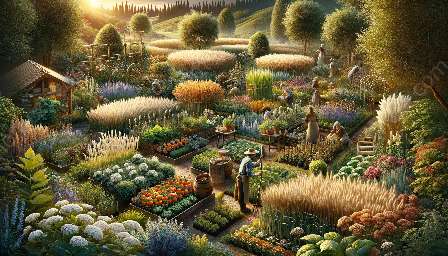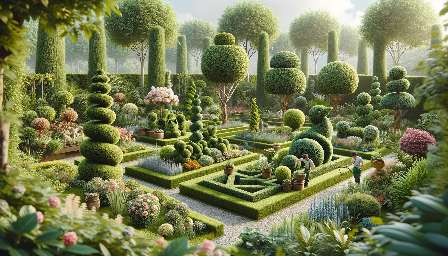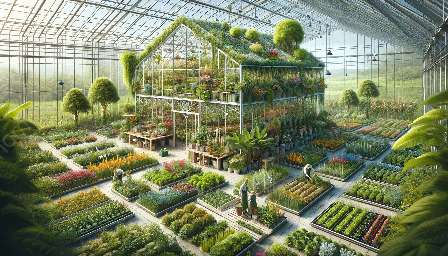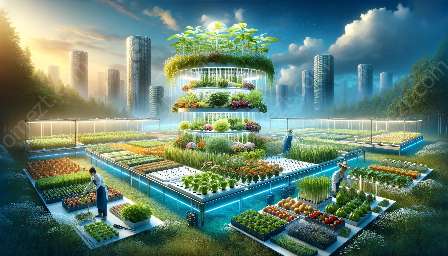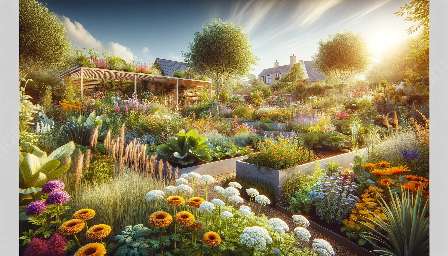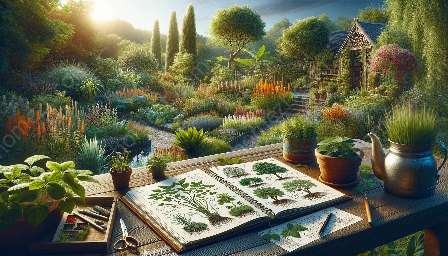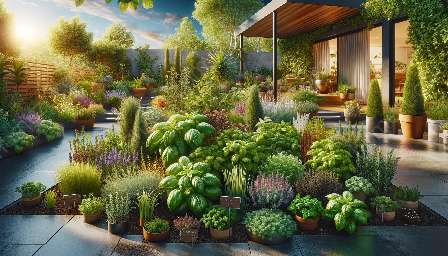Grafting and budding are two horticultural techniques that have been used for centuries to propagate and improve plants. These methods provide gardeners with the ability to create new and unique plant varieties, improve plant health and longevity, and enhance the overall aesthetics of their gardens. In this guide, we will explore the fascinating world of grafting and budding, their compatibility with companion planting, and their utility in gardening and landscaping.
Understanding Grafting and Budding
Grafting and budding are techniques used to join the tissues of two separate plants to grow as one. This is achieved by connecting the cambium layer of the plants, which allows for the vascular tissues to merge and continue to grow together. Grafting involves joining two plant parts - the scion (the desired top part of the plant) and the rootstock (the lower part of the plant). Budding, on the other hand, involves taking a bud or a smaller section of a plant and joining it to the rootstock.
Techniques of Grafting and Budding
There are several techniques of grafting and budding, each with its own applications and benefits. Whip and tongue grafting, cleft grafting, and bark grafting are common grafting techniques. In budding, T-budding, patch budding, and chip budding are widely used. Each technique requires precision and skill to ensure a successful graft or bud union.
Benefits of Grafting and Budding
Grafting and budding offer various important benefits for gardeners and landscapers. By utilizing these techniques, plants can exhibit improved disease resistance, increased productivity, enhanced ornamental characteristics, and adaptability to different environmental conditions. Grafting and budding also allow growers to combine the best traits of different plant varieties, resulting in superior overall performance.
Companion Planting and Grafting/Budding
Companion planting, the practice of strategically planting different species together to benefit one another, can be enhanced through grafting and budding. Introducing grafted plants to a companion planting scheme can improve the compatibility and cooperative nature of the plant community. For instance, grafted vegetables can exhibit better yield and disease resistance when planted alongside compatible species.
Grafting/Budding in Landscaping
In landscaping, grafting and budding open up a world of possibilities for creating unique and resilient plant arrangements. Tree shaping, multi-grafted trees, and espaliered trees are some examples of how grafting and budding can be employed to elevate the visual appeal of landscapes. By using these techniques, landscapers can achieve specific architectural forms and create visually stunning and functional green spaces.
Conclusion
Grafting and budding are powerful tools in the hands of gardeners and landscapers. Through skillful application, these techniques allow for the creation of diverse, disease-resistant, and high-yielding plants. When combined with companion planting and landscaping, grafting and budding offer endless opportunities for enhancing the beauty and productivity of gardens and landscapes.


